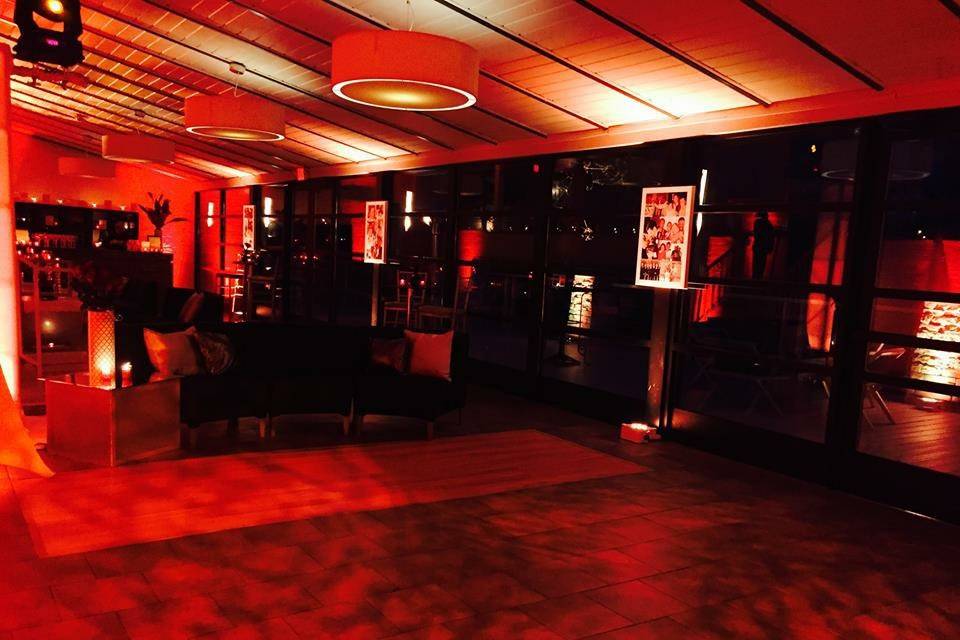Revolutionizing Audience Interaction Through Immersive Virtual Reality Experiences in Live Performances
Revolutionizing Audience Interaction Through Immersive Virtual Reality Experiences in Live Performances
Blog Article
In the past years, digital VR has emerged as powerful tool for boosting audience involvement in real-time productions. Such technology enables audiences to immerse themselves in a three-dimensional environment, creating a distinct encounter that conventional formats cannot easily replicate. Through utilizing VR, producers can move viewers into the heart of the performance, making them feel as if they are integral of the performance. This groundbreaking method not just enchants audiences but also opens up new possibilities for narrative and engagement.
A of the primary advantages of using VR in live performances is the capability to create a more interactive experience. Audiences can engage with the show in the moment, shaping the result or discovering different viewpoints. For instance, in a theater production, viewers wearing VR headsets can choose to pursue particular roles or scenes, allowing them to tailor their experience. This degree of engagement cultivates a more profound bond between the viewers and the show, rendering it even unforgettable and significant.
Additionally, VR technology can improve the sight and sound aspects of a real-time performance. With high-quality visuals and audio engineering, creators can build breathtaking environments that draw audiences in. This engaging quality can elevate the overall experience, making it more engaging and enjoyable. For example, a concert can be transformed into a rich encounter, where fans feel as if they are on stage with the performers. Such enhancements not only attract larger audiences but also encourage repeat attendance, as viewers seek to relive the excitement.
Alongside enhancing viewer involvement, VR can also offer valuable insights for producers. By analyzing how viewers engage with the digital setting, producers can collect data on audience preferences and actions. This information can inform future productions, helping to tailor content to more effectively satisfy the demands and desires of the audience. As a consequence, VR not just enriches the current experience but also contributes to the evolution of real-time performances as a complete entity.
With the advancements progressing to evolve, the potential for VR in live productions is immense. Ranging from stage shows and musical events to sports great post to read events and festivals, the possibilities are limitless. Through adopting this cutting-edge approach, producers can revolutionize the way viewers engage with real-time performances. With more producers investigate the incorporation of VR, it is likely that we will see a shift in how shows are crafted and presented, ultimately leading to a more immersive and participatory prospect for live performances.